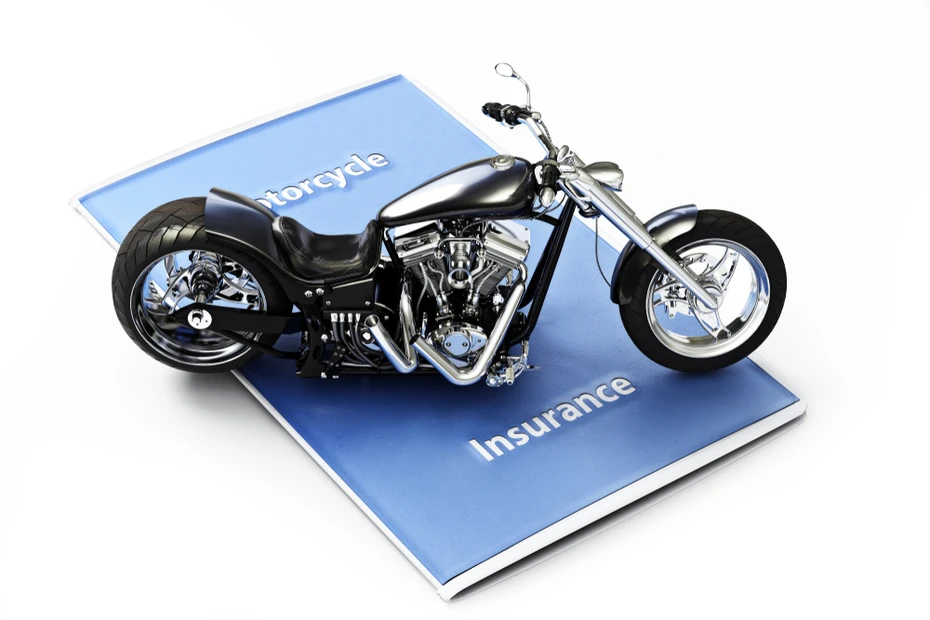What Is Slipper Clutch: Definition, Importance, Types
Understanding Slipper Clutches: Definition, Importance, Varieties and Mechanism
Every motor enthusiast knows that a slipper clutch plays an important role in motorcycles, particularly those designed for high performance. Its function is to enable the rear wheel to rotate freely when there are abrupt downshifts. Additionally, it prevents the wheel from locking up and potentially leads to a loss of control. Interestingly, this clutch has become popular in the Indian automobile industry. Hence, we’ve covered all the necessary information about the definition of a slipper clutch, its significance, types, and its mechanism. So, let us see various aspects of the slipper clutch one by one.
Table of Contents
- What Is a Slipper Clutch?
- Explaining the Functioning of a Slipper Clutch
- Components of a Slipper Clutch: An Overview
- Benefits of Using Slipper Clutches
- Various Types of Slipper Clutches: A Comparative Analysis
- Advantages and Disadvantages of Slipper Clutches
- Slipper Clutch Installation and Maintenance
- Best Bikes in India with Slipper Clutch
- Summing Up
- FAQs (Frequently Asked Questions)

What Is a Slipper Clutch?
Whether you're a motorcycle enthusiast or simply curious about how bikes work, understanding slipper clutches is necessary, especially during quick downshifts. Listed below are some pointers explaining the slipper clutch:
- A slipper clutch, or back-torque limiter, is a specialised clutch type.
- It lessens the impact of engine braking during quick downshifts.
- This is achieved by enabling controlled slippage between its plates.
- The controlled slippage prevents the rear wheel from locking up.
- The slipper clutch ensures smooth engagement and disengagement of the clutch.
- This smooth operation helps prevent damage to the bike's transmission and other components.
Explaining the Functioning of a Slipper Clutch
Now that you know the basics of a slipper clutch, you’d wonder: ‘How does it work?’ Well, the crankshaft and clutch assembly rotate faster than the rear wheel during engine braking. In a conventional clutch setup, this speed variance causes the rear wheel to decelerate. This results in skidding and traction loss. However, a slipper clutch works differently.
As the rear wheel slows down, pressure on the clutch plates reduces. This decrease in pressure enables the clutch plates to slip relative to each other. The controlled slippage reduces the torque transferred to the rear wheel. After this, the slipper clutch prevents the rear wheel from locking up.
Components of a Slipper Clutch: An Overview
There are many different parts of a slipper clutch that help in its smooth functioning. The key components of a slipper clutch include:
- Clutch Hub
- Clutch Plates
- Pressure Plate
- Springs
Working: The clutch hub is linked to the crankshaft and rotates accordingly. The pressure plate connects to the clutch cable, allowing it to engage the clutch by moving towards the hub. Placed between the hub and pressure plate, the clutch plates help in power transmission from the engine to the rear wheel. Springs play an important role by keeping the clutch plates in place and applying the required pressure for clutch engagement.
Benefits of Using Slipper Clutches
The slipper clutch has many advantages over traditional clutches, particularly in high-performance motorcycles. Firstly, it improves control by preventing the rear wheel from locking up during downshifts. It ensures that riders can maintain stability on the road. Secondly, its controlled slippage mechanism reduces stress on the gearbox. This leads to decreased wear and tear on the motorcycle over time.
Additionally, the smooth engagement and disengagement of the slipper clutch reduces jerky gear shifts. Moreover, in competitive racing scenarios, the slipper clutch enables riders to brake later and carry more speed through corners, ultimately resulting in faster lap times.
Various Types of Slipper Clutches: A Comparative Analysis
There are three primary types of slipper clutches: Mechanical, Hydraulic, and Electromagnetic. Here's a breakdown of each:
|
Mechanical Slipper Clutch |
Hydraulic Slipper Clutch |
Electromagnetic Slipper Clutch |
|
|
Operation Mechanism |
Uses ramps and balls to achieve slip. |
Uses a hydraulic piston to regulate pressure on clutch plates. |
Uses an electromagnetic coil to control pressure on clutch plates. |
|
Functionality |
Balls pushed up ramps during high engine braking torque, causing slip. |
The piston moves forward during high engine braking torque. |
The energised coil creates a magnetic field, attracting plates for slip. |
|
Maintenance |
Requires periodic maintenance to ensure cleanliness and lubrication. |
More consistent performance and requires less maintenance. |
Advanced mechanisms may require more intricate maintenance procedures. |
|
Complexity |
Relatively simple and reliable mechanism. |
Moderately complex, but offers consistent performance. |
Most complex of the three types. |
|
Cost |
Generally less expensive compared to other types. |
Typically moderate in cost due to hydraulic components. |
Usually the most expensive option. |
Advantages and Disadvantages of Slipper Clutches
The following table shows the pros and cons of slipper clutches. You are advised to take a look at these pointers to get a better understanding.
|
Advantages of Slipper Clutches |
Disadvantages of Slipper Clutch |
|
|
|
|
|
|
|
|
Slipper Clutch Installation and Maintenance
Putting in a slipper clutch isn't too tough, but you'll need some mechanical know-how. It means taking apart the clutch, adding the slipper clutch, and then putting everything back together. Just follow the instructions from the maker and use the right tools and lubes.
Best Bikes in India with Slipper Clutch
Listed below are some of the best bikes in India with a slipper clutch.
- KTM RC 390
- Yamaha YZF-R15
- Bajaj Dominar 400
- TVS
- TVS Apache RTR 200 4V
- Honda CB 350 RS
- Yamaha
- Royal Enfield
- Yamaha MT 15
Please note that if you're considering insuring your bike, feel free to reach out to InsuranceDekho at support@insurancedekho.com . Alternatively, you can connect with an insurance agent by calling 7551196989.
Summing Up
As technology advances, the motorcycle world keeps finding new ways to make riding safer for customers. Take the slipper clutch, for example. Knowing how it works and why it's great can help riders pick the perfect bike or upgrade their current one. These little details make a big difference in how fun and safe our rides are. So, whether it's a mechanical or electromagnetic slipper clutch, they all share the same goal: to make riding smoother and more controlled.
FAQs (Frequently Asked Questions)
Ques 1. What does a slipper clutch do on a bike?
Ans. A slipper clutch is a type of motorcycle clutch that helps regulate and reduce the force of engine braking. This prevents the rear wheel from locking up or hopping, ensuring smoother deceleration.
Ques 2. How does a slipper clutch differ from a conventional clutch?
Ans. Unlike a regular clutch, which engages or disengages engine power to the wheels, a slipper clutch has an additional mechanism. This mechanism allows it to slip, managing the back torque.
Ques 3. Are slipper clutches only used in racing bikes?
Ans. No, slipper clutches are now used in many different motorcycles. This includes street bikes and touring bikes. Their advantages have made them popular in other riding contexts as well.
Ques 4. Does a slipper clutch improve acceleration?
Ans. While a slipper clutch doesn't directly enhance acceleration, it addresses issues related to engine braking and downshifting.
Ques 5. Can I install a slipper clutch on my old motorcycle?
Ans. Yes, many aftermarket slipper clutches are compatible with many motorcycle models. However, it's crucial to ensure compatibility in slipper clutch installation.
Ques 6. Which types of slipper clutches are most common?
Ans. The three primary types of slipper clutches are electromagnetic, hydraulic, and mechanical. Each type has its unique mechanism for achieving slip.
Ques 7. Does a slipper clutch require special maintenance?
Ans. While slipper clutches are designed to be durable, regular maintenance is still essential. This includes checking the condition of clutch plates, springs, and ramp mechanisms.
Ques 8. How does a slipper clutch enhance safety?
Ans. A slipper clutch enhances safety by increasing wheel grip and stability. By preventing rear-wheel lockup, it reduces the risk of skidding or loss of control.
Ques 9. Will a slipper clutch affect my motorcycle's fuel efficiency?
Ans. The primary impact of a slipper clutch is on the gearbox and engine interaction during downshifts. However, smoother gear changes with the help of a slipper clutch may lead to improved riding techniques.
Ques 10. Are slipper clutches more expensive than regular clutches?
Ans. Yes, slipper clutches may cost more than standard clutches due to their mechanisms. However, many riders consider the investment worthwhile considering the performance and safety advantages.














































